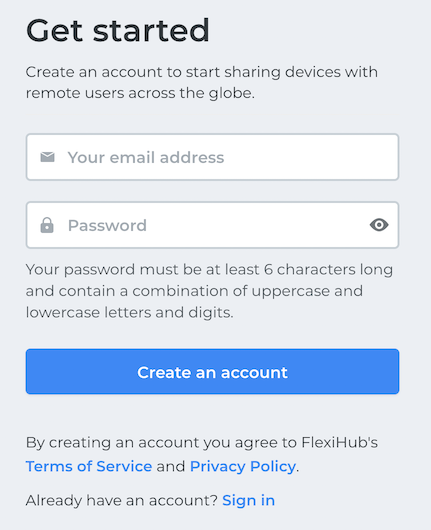Note: May occur the problem on machines where VirtualBox is installed. After plugging a USB device into a USB port of the computer or after sharing/unsharing a USB device with FlexiHub, VBoxUSBMon.sys driver may crash causing BSOD.
To fix this issue, you can stop VBoxUSBMon.sys driver or use another virtual machine instead of VirtualBox.
That’s all you need to do to implement USB passthrough VirtualBox. During the virtual session, you'll be able to use the USB device just as if it had a direct connection to the virtual machine. FlexiHub is a fully cross-platform solution and supports Windows, Linux, Android, and Mac operating systems.











 Make sure that you install the extension pack that is compatible with your VirtualBox version.
Make sure that you install the extension pack that is compatible with your VirtualBox version.

